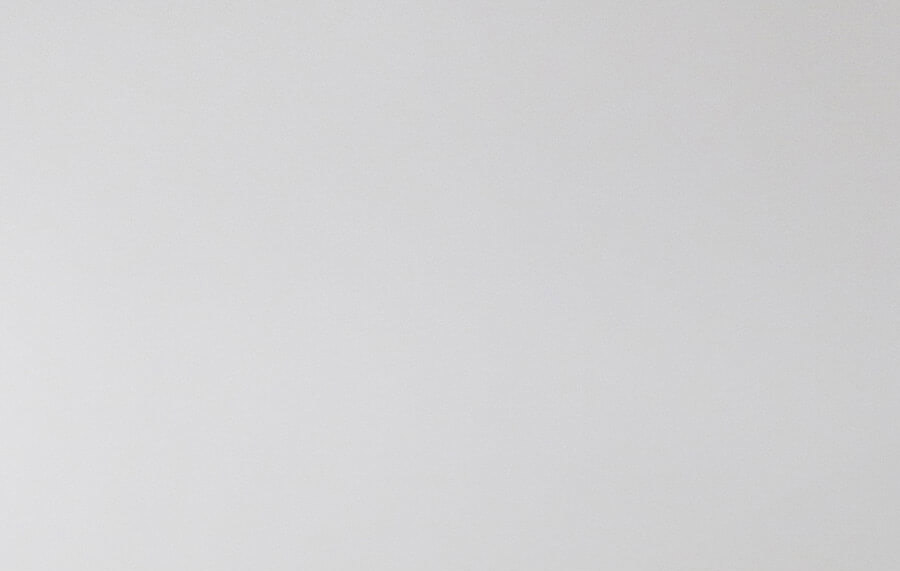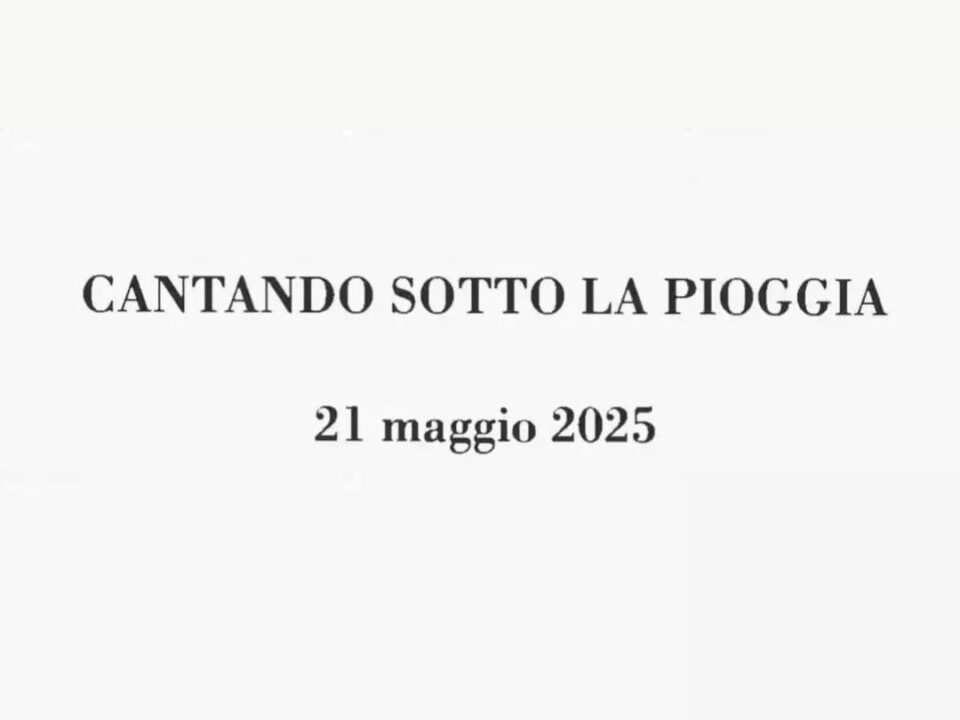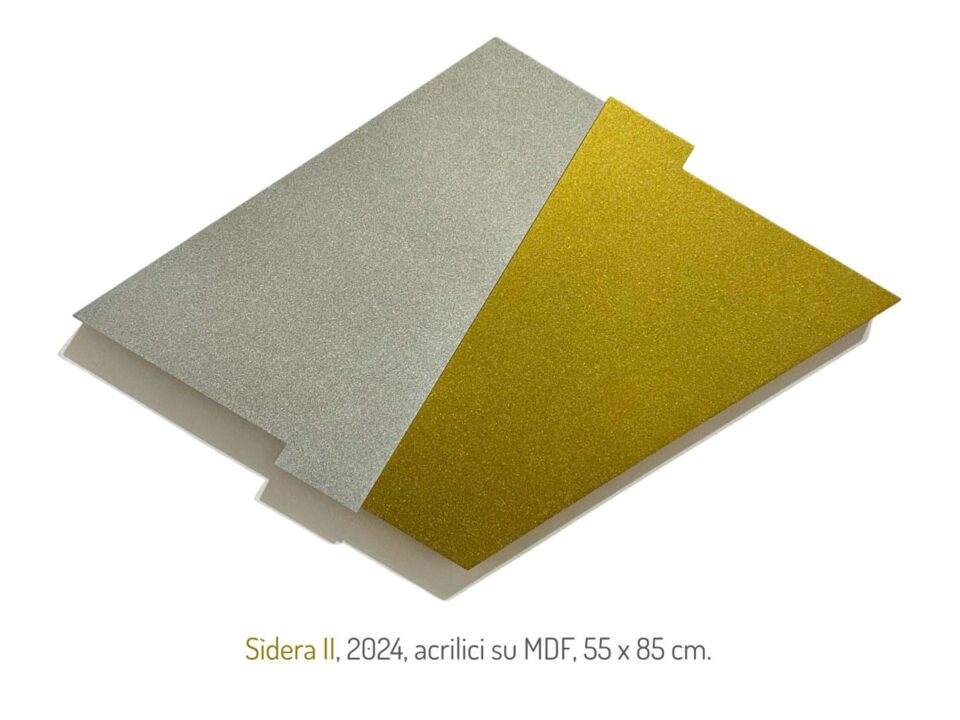
Pietro Finelli: Border Painting
1 Gennaio 2014
Lorenzo Taini 2.0
27 Maggio 2014January 29th – March 15th, 2014
The Monopoli Gallery is pleased to present: Border Painting – an exhibition by the artist Pietro Finelli
(1957). On display are works by Finelli including paintings and recent photographs considered to be
representative of the artist’s desire for discovery and analysis, or, to put it another way, the assumptions
surrounding the ‘how’ of painting as it is only through serious discussion and scrutiny that a pictorial
response can be critical of the reality surrounding it.
Finelli himself has said ‘The sphere of the paintings turns boundaries into thresholds, as Walter Benjamin commented when
referring to the Parisian themes in his ‘Passegenwerk’ or Arcades Project’. The confnes represented are portrayed in art as an
authoritarian, ‘Haussmannesque’ push towards conservatism and colonialism to the cost of the ‘Flanêur’. Colonial expansion
meant that little importance was attributed to the minutiae of street life yet the ‘Threshold ’or ‘Boundary’ marks an area where it
is possible to negate external agents set on exploiting geo-political power in order to gain status and proft. The ‘Threshold’ is
unexplored and uncontaminated, therein we can unlock our desire to expand and measure ourselves continuously from within –
exploding and imploding, searching and measuring. In this way, also, the artist is attracted to boundaries as a metamorphosizing
entity, moving continuously, always in progress and never stable.
Finelli is an artist who is attracted to fathoming darkness. By using oils it is possible to transfer colour
pigments which in turn portray a gloomy, cloudy, ill lit, dank atmosphere, which is nonetheless not void of
brightness and opacity, albeit in shades so dark as to recall dungeons and caverns of ancient times, thus giving
the works an archaic feeling.
To the artist, the black palette represents an aesthetic dimension. Black creates a depth of painting and
centre of interest embodying the internalised discipline of creating, the desire to search for an escape. Black,
however, becomes an obsession for the artist – suffce to consider Caravaggio, De Ribera, Rembrandt, Goya,
Odilon Redon, Manet and many more.
The aforesaid were all revolutionaries who tried to express their own vision in different ways, but who were
all ultimately forced to surrender to the exacting rigour imposed by the absence of colour. Only great
technical ability can create breathtaking beauty, nuance and movement where there is no colour.
Finelli’s images are constructed as individual frames designed in their elegance to evoke forties flm noire. In
fact, Finelli has paid great attention to the craft of the black and white artists: the inherent seduction of
crime, treachery, the attempts at dodging justice, the importance of leaving clues and so on. The artist in his
works is trying to recreate a vision which goes beyond a defnitive meaning but rather expects the viewer to
build their own fgurative hypothesis.
Travelling beyond the explicit reference of flm imagery, a closer inspection of Finelli’s works reveals
indisputable signs of his fascination with the Baroque. This fascination is doubtless born from the depth of
darkness which renders the human form diffcult to draw. Caravaggio is the most persuasive master of this
art form. Religious imagery is used as the relentless background to his works, darkness is simultaneously
swallowing and disgorging bodies which alternately seem to sink into the oblivion of the backdrop, while all
the time advancing towards the viewer. This constant visual toing and froing is symbolic of the advance
toward the grace of divine light. Eye movements are reversed because darkness is in the foreground
constraining the viewer to look towards the background in order to see the light. If what we have before our
eyes is what we want to see then it is necessary to frst lose yourself in the darkness of the foreground to truly
see what is before us.




